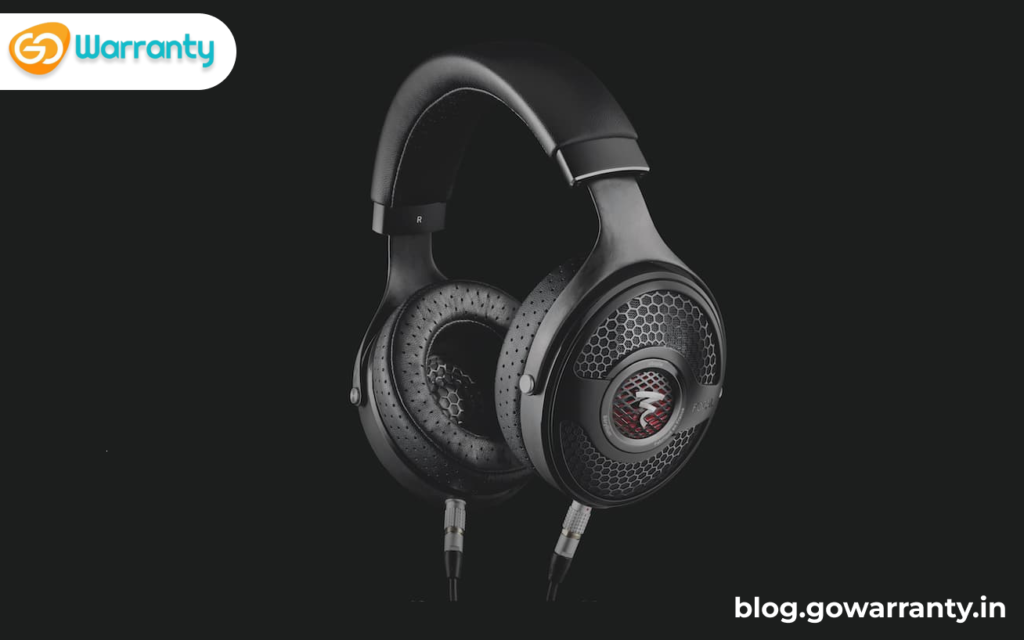We’re no strangers to high-end audio, but even we were taken aback by the suggested price of the new Focal Utopia headphones. Like almost everything else, from energy to food, the price has risen, and in this case by more than 20% over the original model. Unfortunately, that is the current scenario. However, the product’s name remains unchanged, with no Mk 2 to distinguish the two generations.
Specifications
Build
If you can look past the price, you’ll notice that Focal has given its flagship open-back headphones a gentle refresh. They didn’t need much work because the original Utopia was right up there with the best money could buy. Many people may be surprised to learn that, even at their new higher price, they still cost less than the majority of their top-tier competition.
So, what did Focal do? The cosmetic changes are the most noticeable. To more closely match the visual design of the company’s recent premium offerings, such as the Clear Mg, the grilles that cover the outside of the earcups now have a hexagonal pattern. That hexagonal pattern isn’t just for show; it’s said to be more open than the previous version, resulting in a more spacious and dynamic sound.
The wide and soft ear pads still use perforated lambskin and memory foam, but they now have a slightly different material on the inside edge to fine-tune the acoustics around the ear. The grille that covers the 40mm Beryllium driver has also been reshaped, this time to reduce distortion at high frequencies. That drive unit has also not gone unnoticed. It has a new voice coil made of a copper/aluminium alloy rather than the original’s pure aluminium. According to the revision, the presentation will be more neutral and refined. As before, Focal’s engineers angled the driver to create a more spacious out-of-the-head presentation similar to that of speakers.

Features
Despite their 490g weight, these Focals are extremely comfortable. The clamping pressure is well-judged to hold the Utopia securely without becoming oppressive over extended listening sessions, and the soft ear pads, as well as the nicely padded, leather-bound headband, feel pleasant to the touch. The sliding yoke that holds the earcups has undergone cosmetic changes, but it is still made of carbon fibre and is ergonomically shaped.
The Utopia comes in appropriately luxurious packaging for a product of this calibre. Unboxing them is every bit the luxurious experience we’d hoped for. But, leaving aside the lovely packaging (both literally and metaphorically), the important things are the inclusion of a fairly short 1.5m cable terminated by a standard 3.5mm jack and a longer 3 metre balanced lead with a four-pin XLR. Both of these cables connect to the headphones via a pair of Lemo connectors and are generally effective at preventing noise transmission when we move. You also get a 3.5mm to 6.3mm screw-on adaptor.
Don’t even consider plugging these headphones into your phone, laptop, or iPad. That would be a pity because you’d never know how good they could sound. We recommend at least CD-quality music files (high-resolution is preferable), dedicated music-playing software such as Audirvana or Roon, and a capable outboard DAC. Of course, high-end turntables, CD players, and streamers would all be excellent sources, but you’ll need at the very least a high-quality headphone amp.
Our main setup consists of a Naim ND555/555 PS DR music streamer plugged directly into a Burmester 088 preamp, which has a rather fine headphone amplifier circuit with an inconveniently located output on the back. Our second setup is a MacBook Pro running Audirvana software and feeding a Chord Hugo TT DAC/headphone amp.
Sound
We listen to a wide variety of music while using these headphones. It’s easier than ever to appreciate Quincy Jones’ Back On The Block’s flawless production. It’s as slick as they come, as well as dynamically challenging and densely packed at times. The Focals take it all in stride, layering their performance with a sea of fine detail that unveils instrumental textures and vocal passion. All of that data is presented in a composed and organised manner, but most importantly, these headphones do not dilute the excitement of the music. They do an excellent job of conveying the rhythmic drive of the title track as well as the pulsating ebb and flow of songs like The Places You Find Love.
We don’t have an original pair of Focal Utopias, but we believe Focal’s claim of greater refinement for this new generation is correct. The angling of the drive units inside the ear cup does indeed help to give a more spacious as well as speaker-like presentation than the in-your-head norm.
This is highlighted when we listen to Hans Zimmer’s Interstellar OST. These Focals handle the complex arrangements with ease, creating an expansive soundfield full of dynamic contrasts and punch. We’re particularly impressed by how well these cans reproduce low frequencies. Because it is an open-backed design, it lacks the quantity and power of bass that closed alternatives typically provide, but no closed-back we’ve heard can come close to the articulation and insight on offer here. These Utopia headphones sound incredibly natural and fluid, easily revealing subtle shifts in low-end intensity and frequency. It’s all very well put together, as one would expect from a single drive unit.
Verdict
By headphone standards, these are extremely expensive, costing significantly more than the majority of the top moving coil driver alternatives. It is also worth noting that these Focals outperform them. Premium electrostatic designs, such as the Stax SR-L700 Mk2/SRM-700T combination we reviewed a while back, pose more serious competition. The contrast is intriguing, with the Stax providing even more outright detail and precision at the expense of the Utopia’s dynamic punch and rhythmic drive.
Regardless, we believe that the new Focal Utopia headphones are among the best money can buy. If you feed them a good enough system, you’ll get one of the best sounds we’ve ever heard.

